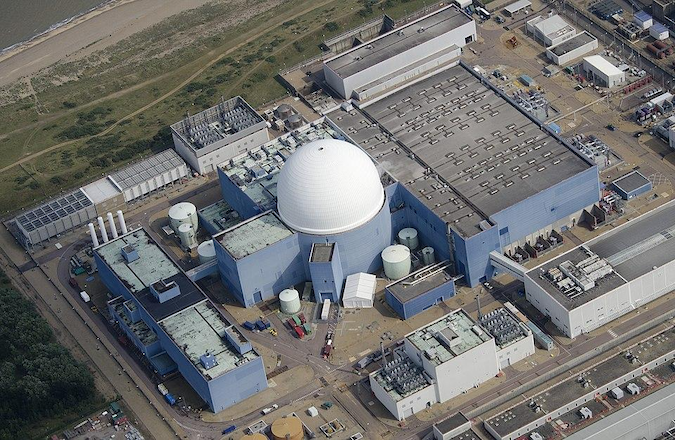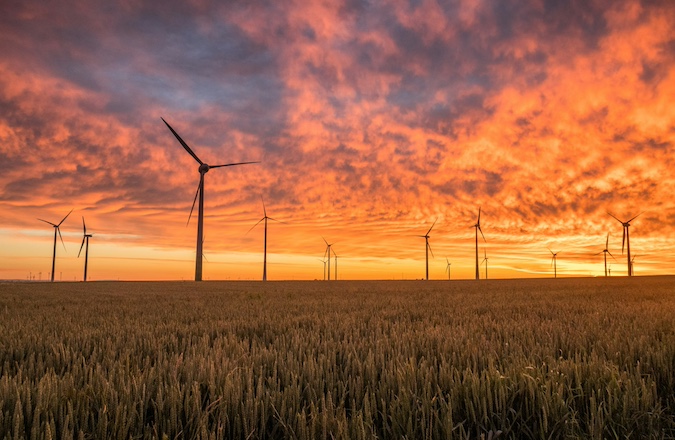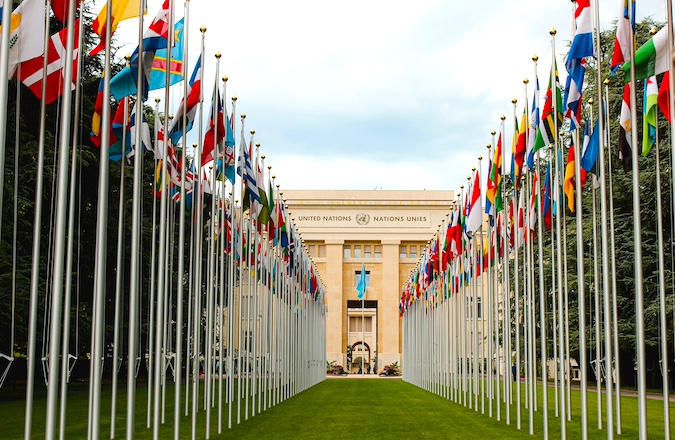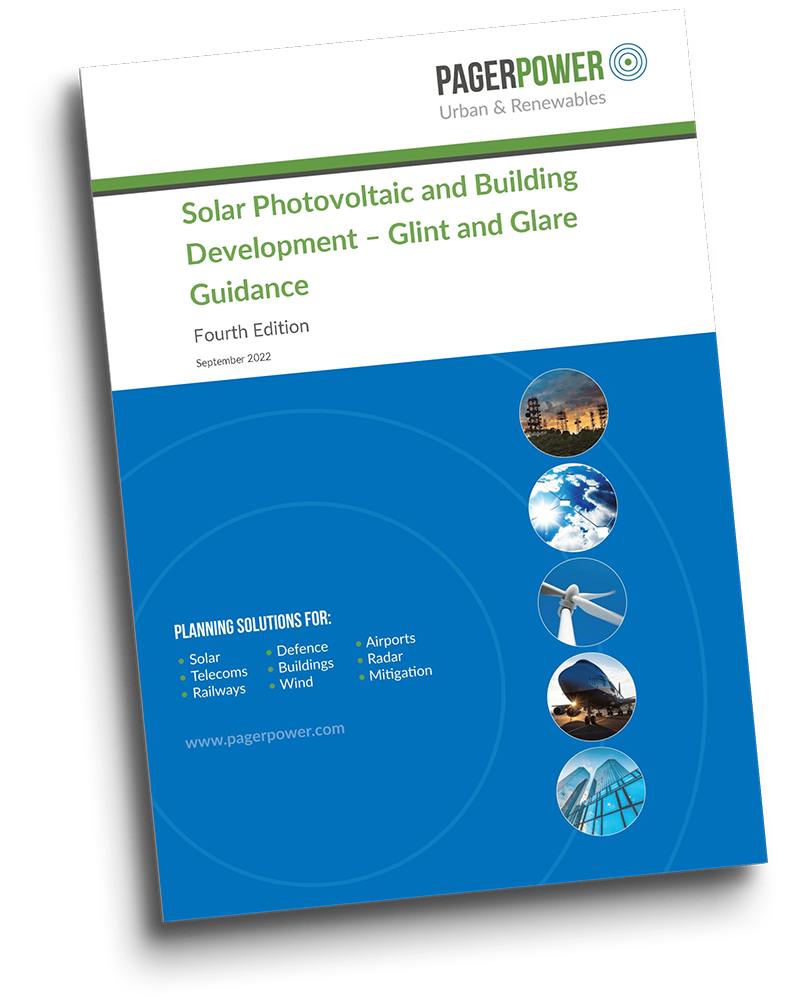Small Modular Reactors

In June of this year, the UK Government announced that Rolls Royce had won a bid to build the UK’s first small modular reactors (SMRs).[1] The Government has committed £2.5 billion to the development of SMRs within the UK, showing that this technology is envisaged as a key part of the UK’s future energy mix, as we move towards the UK’s clean power and net zero targets.
Figure 1: Sizewell B in Suffolk [2]
What are Small Modular Reactors?
SMRs fundamentally use the same technology as conventional nuclear reactors such as Sizewell B in Suffolk (pictured above), but they are much smaller than typical nuclear power stations and produce less energy.
Nuclear reactors work by splitting atoms of nuclear fuel (typically uranium or polonium) in order to cause a chain reaction of nuclear decay, which can produce large amounts of heat energy. This energy is then used to heat water, which turns a turbine and converts the energy to electricity, which can be sent to the grid and ultimately to consumers.
Why are SMRs important?
In theory, the modular design of SMRs should allow them to be built quicker and cheaper than conventional nuclear reactors, as elements of the reactors will be built in factories rather than being custom designed and built on-site.
Due to the potential for SMRs to be cheaper than conventional nuclear reactors, SMRs could eventually lead to cheaper energy and a reduction in consumers’ bills. This is unlikely to occur in the short-term however, as the development of SMRs will require significant investment and cost-savings would only present themselves once SMRs start to be installed more widely.
What about safety and nuclear waste?
The Government has announced that SMRs will not be approved in locations near to military sites or airports, due to national security concerns. Nuclear energy is however extremely safe in general, despite high-profile nuclear disasters around the world.
SMRs would be subject to the same standards as conventional nuclear reactors with regard to radiation and radioactive material. Security would be required at the sites, and this will be provided by the Civil Nuclear Constabulary, who already provide this service at existing nuclear sites, but some questions remain over the treatment of nuclear waste and whether this has been adequately considered.
About Pager Power
Pager Power undertakes technical assessments for developers of renewable energy projects and tall buildings worldwide.
For more information about what we do, please get in touch.
References:
[1] “Rolls-Royce SMR selected to build small modular nuclear reactors” (10th June 2025), Department for Energy Security and Net Zero. Accessed on: 23rd Sep 2025.
[2] John Fielding, Aerial photograph of Sizewell B Nuclear Power Station 2014 (7th August 2014) Accessed on: 24th September 2025. Available at: https://commons.wikimedia.org/wiki/File:Aerial_photograph_of_Sizewell_B_Nuclear_Power_Station_2014_(John_Fielding).jpg
[3] Jillian Ambrose, “What are small modular reactors and why does UK want to build them?” (6th February 2025), The Guardian, https://www.theguardian.com/environment/2025/feb/06/what-are-small-modular-reactors-and-why-does-uk-want-to-build-them
[4] Kate Stephens and Victoria Gill, “What are small modular reactors and why does UK want to build them?” (10th June 2025) https://www.bbc.co.uk/news/articles/c62614wejk5ohttps://www.pagerpower.com/wp-content/uploads/2025/09/small-reactors-thumbnail.png







